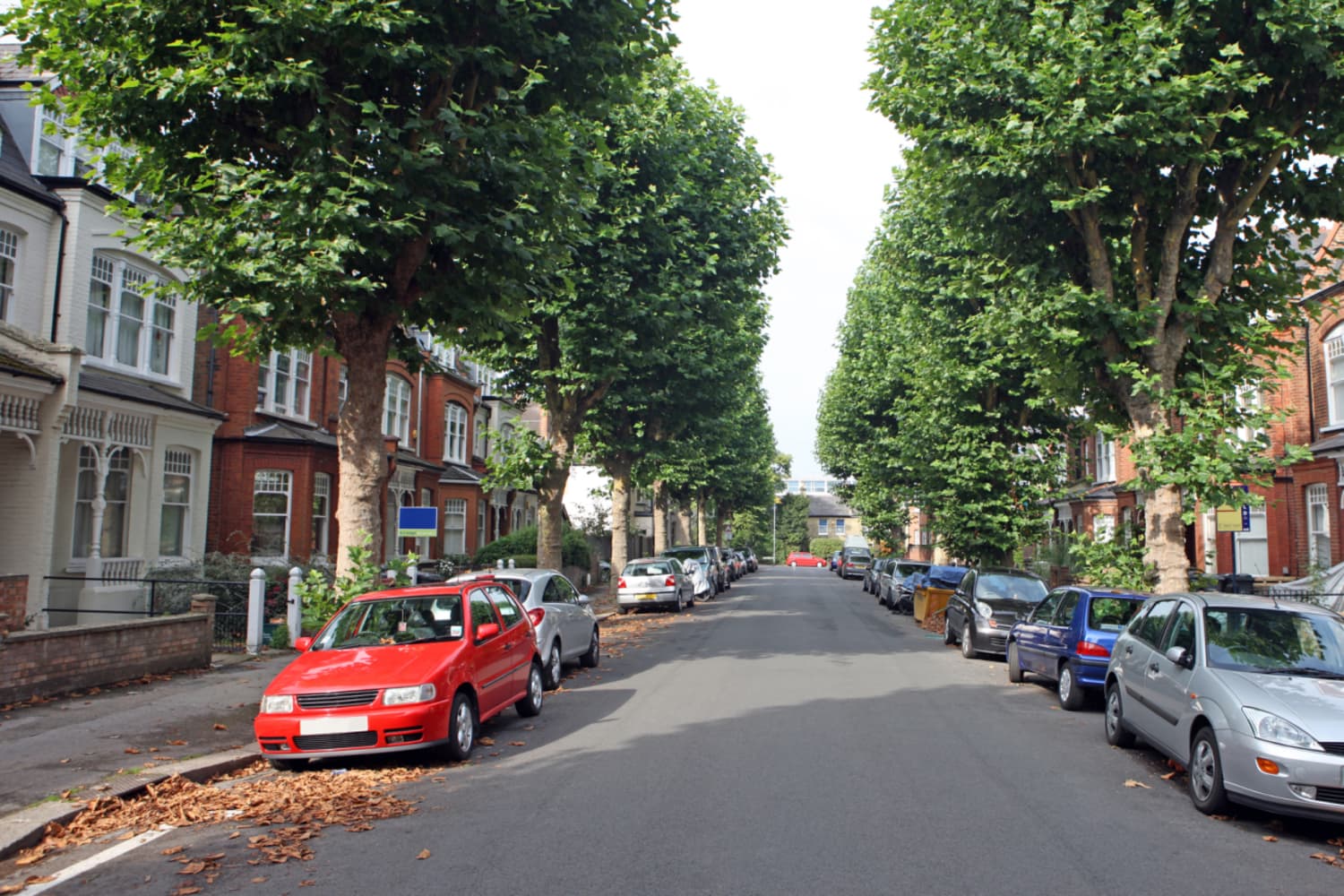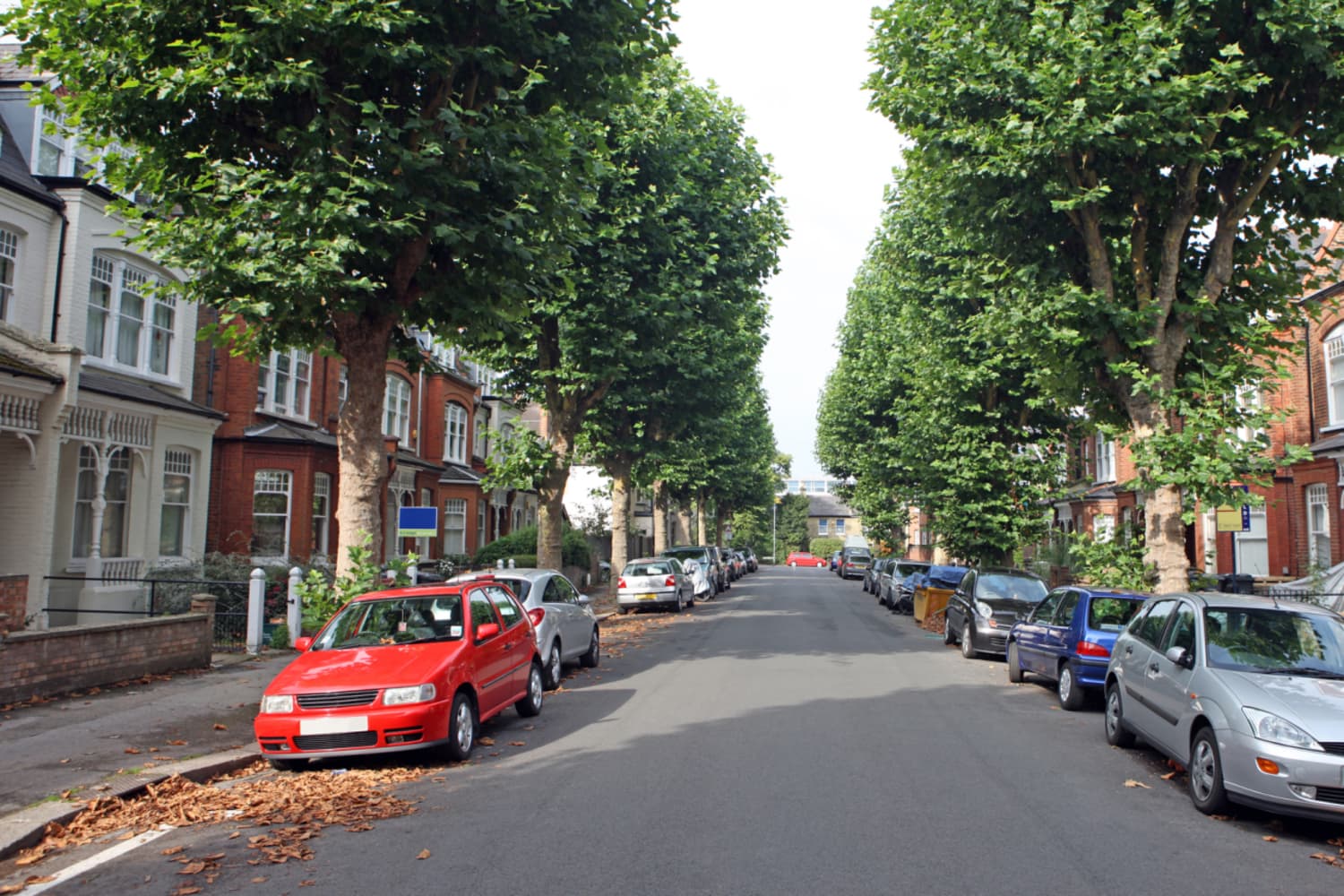
One-way streets and two-way streets each have their advantages and disadvantages. So should you make your decision to buy a home based on which direction the traffic is heading?
Studies have shown that it’s the amount of traffic, not the direction it’s going, that can raise or lower the value of a home. Heavy traffic equates to noise and congestion, which is why homes on busy roads are less desirable. A home on a busy street will likely have less value than a comp that’s around the corner on a quieter side street, according to Elena Maestrone, a licensed agent with Tom Crimmins Realty in Staten Island, New York.
Maestrone says that while her clients don’t typically search for homes based on whether they’re on a one-way or a two-way street, some will gravitate toward one or the other based on where they grew up.
This is absolutely the case for me. I grew up on a quiet one-way street, where I would ride my bike with my friends and play catch with my dad. Although I appreciated the convenience of two-way streets when I lived in apartments during my single adult life, my preference was to return to a one-way street when it was time to buy a house with my husband. Now, we’ve got the best of both worlds — we’re on a one-way sidestreet off a main two-way road.
If your home search has brought up a bevy one-way and two-way streets, here are some things you should consider:
A one-way street is typically deemed safer because the traffic is only going in one direction (but please, still look both ways before crossing!). These streets tend to double as basketball courts and other play areas for kids and teens. On really quiet one-way streets in the ‘burbs, sometimes the only traffic is from those who live on the street, which can make the neighborhood itself feel safer.
This is not to give two-way streets a bad rap. In fact, my husband played street hockey on the one where he grew up. Then there are narrow one-way streets that are choked with parked cars on either side, making driving down one a harrowing experience, let alone a place to play.
One-way streets are a real pain for drivers trying to get somewhere in a hurry. And woe to any homeowner trying to back out of their driveway during rush hour on a one-way street that leads to an intersection or traffic light. Parking can be a crapshoot for both types of streets, depending on the width of the road and how many homes — and driveways — are on it.
Two-way streets can make up main roads, which means they are often on or near a bus line or other mode of public transportation. They also see their fair share of emergency vehicles, and are among the first that snow plows visit after a snowfall. Does this matter to homebuyers? It all depends on the time of year they’re looking at houses, according to Maestrone. “If they’re looking for a house in the winter, I think that their mind goes to snow and plowing,” she says. “But if they’re looking for a house in summer, I don’t think anyone even [thinks about it].”
Maestrone’s clients usually search for homes based on other parameters and preferences, then make decisions based on where those land them on the neighborhood map. Some clients prefer to be in a certain neighborhood regardless of what street they’re on. Even if a client did prefer a one-way street over a two-way street, that preference would take a backseat in favor of the neighborhood itself, she says. Location is still everything.
